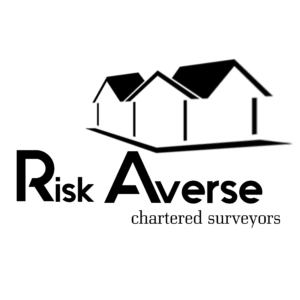Water, in places where it is unwanted or uncontrollable will almost always lead to damage of some parts of a property. Water ingress is not only an initial problem it can also cause mould to grow, reduce the strength of timber, cause plasterboard to weaken and decay, damage decorations and weaken structural components by allowing destructive chemical reactions.
Google defines damp as ‘ moisture diffused through the air or a solid substance or condensed on a surface, typically with detrimental or unpleasant effects.’
Damp in general be difficult to describe in one sentence as it can be subjective dependent on the element in question. Timber for instance will have moisture in it at all times, it never dries out and is considered stable at around 12% moisture content. It is normal to expect some moisture content in most building material; timber; plaster; concrete and brick for instance due to their porous nature. Not only do materials contain moisture naturally, their content will vary dependant on the relative moisture content of the air around them. Humidity is a measure of moisture contained in the air and this varies dramatically dependant on the location of the area that is measured, time of day, temperature etc.
How is damp measured?
Most surveyors will attend site with either one or two types of moisture meter, the first being a resistance meter or conductance meter which will have two metal prongs which check the conductivity between the prongs. Because water conducts electricity, a material that contains water will allow current to pass between the two and dependent on its resistance it will give a reading.
Modern damp meters are non-invasive and take moisture readings beneath the surface of the substance being tested but are similar in that they test conductivity.
More accurate means of testing are possible however the equipment is much larger and more specialist and very rarely carried by a normal building surveyor. For example carbide meter will take samples of a substance and run them through a process to check precisely the moisture content.
What are the different types of damp?
- Rising damp: ‘moisture absorbed from the ground into a wall.’ Google definition ‘- Simply put this is moisture from external source; usually the ground, rising up through the building material. This is usually reduced within modern construction due to the introduction of a damp proof course, an impermeable material laid within a wall at low-level meaning that the can remain wet below but will be dry above.
- Penetrating damp: ‘Penetrating damp, otherwise known as lateral damp, is the end result of water successfully penetrating from the outside of a building and into your property. Unlike rising damp, penetrating damp can happen at any level within the property including roofs, ceilings and walls.’ Google definition – this is where water is able to enter a propertythrough cracks, loose fitting tiles, wind pressure, driving rain etc. and generally speaking is the most common cause of water ingress.
- Condensation: ‘ water which collects as droplets on a cold surface when humid air is in contact with it.’ Google Definition – Where water vapour in the air condenses on colder surfaces. Condensation can cause a buildup of mould which can be hazardous to health. When humidity levels are very high within a property, the moisture content of timber such as in doors and skirtings can increase to above 20% and if left at this level will allow rot to occur.
- Leaks: Where pipework has burst or become damaged this will cause localised areas of moisture buildup.
How do we rectify the damage caused by damp?
Rising damp: this is usually cured with the introduction of a new damp proof course.
Penetrating damp: this is normally cured by re-pointing cracked or missing areas of pointing , sealing the perimeter of Windows, securely fixing down tiles etc. However, each case should be individually reviewed.
Condensation: this is usually improved by:
- Improving insulation.
- Increasing the air temperature by heating.
- Improving the ventilation.
- Educating users of a property.
Leaks: This may be by repairing pipework, mending broken tiles, filling cracks etc.
Although the above could be considered an introduction in to the world of damp and high moisture readings it is not an exhaustive list and you should gain professional advice if in doubt.
Risk Averse Ltd can provide advise and defect analysis reports within all types of properties. We are based in Rochdale, Manchester however we can undertake reports across the North West and the rest of the UK. Contact us today to find out more.
